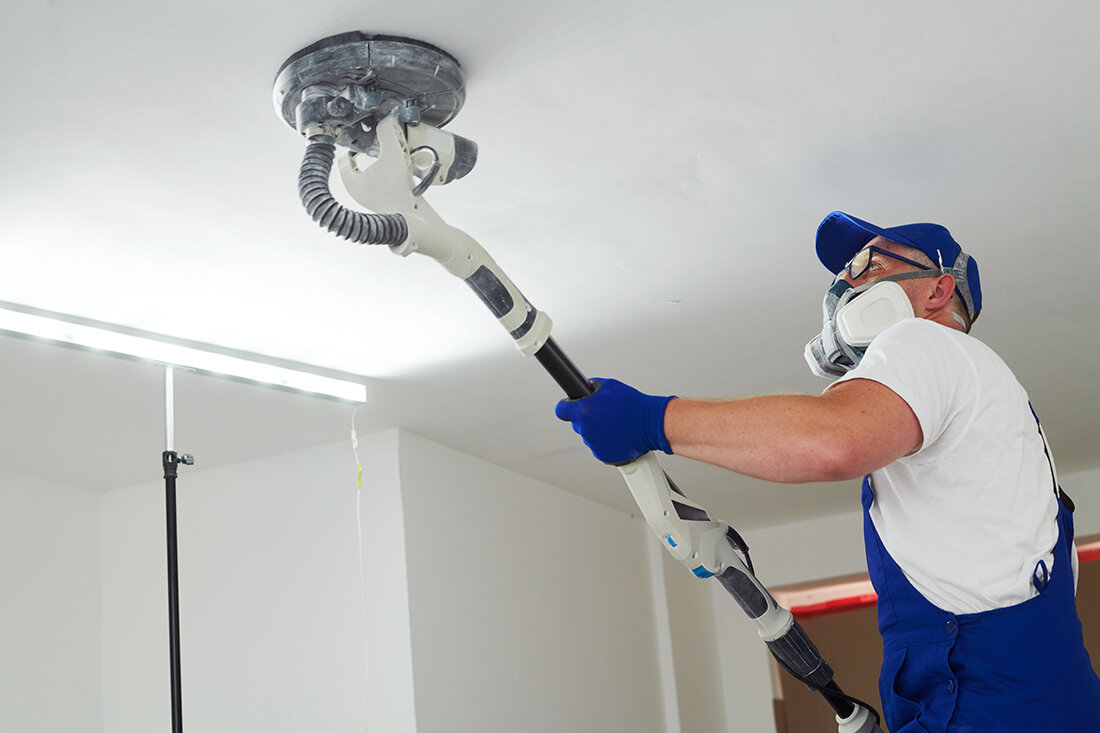
Toolbox Talk: Controlling Silica Exposure
There are two methods of compliance with OSHA’s regulations regarding controlling silica exposure. First is obtaining objective data to determine the exposure level and whether controlling methods need to be implemented. Second would be to follow OSHA’s Table 1 which is comprised of 16 common construction tasks.
Employers must determine the exposure of their employees through objective data or Table 1 before performing tasks that could cause silica to become airborne. Each task must coincide with an Exposure Control Plan (ECP). An ECP is used to determine the necessary controls to minimize exposure to silica, PPE use, and containment of exposure to any other workers in the area. An ECP may be for each tool used or for an entire task and may need to be site-specific.
Points to Remember:
1. The Permissible Exposure Level (PEL) for silica is 50 micrograms per cubic meter of air (50μg/m³).
2. The Action Level (AL) for silica is 25μg/m³.
3. When objective data is gathered and the results are over the PEL, then respirators are required to be worn and retesting must be conducted every three months until two separate tests are below 50μg/m³.
4. When objective data is gathered and the results are below the PEL and above the AL, respirator use is voluntary, and retesting must be conducted every six months until two separate tests are below the AL.
5. When objective data is gathered and the results are below the AL, respirator use is voluntary, and no other actions need to be taken.
6. ECPs must be available for each exposed employee.
7. A competent person must make frequent and regular inspections of job sites, materials, and equipment used to implement the ECP.
8. ECPs must be reviewed annually by a competent person.

